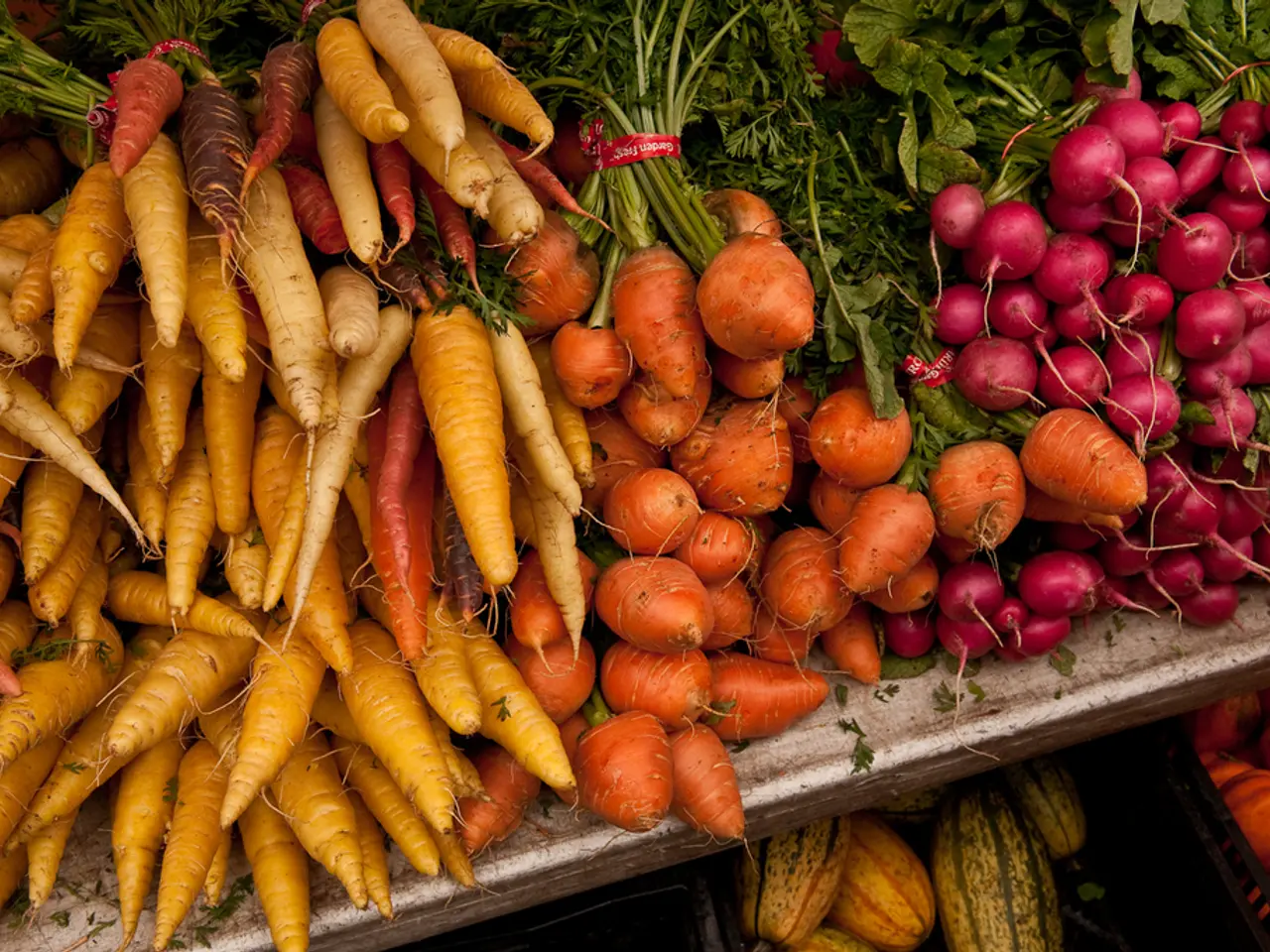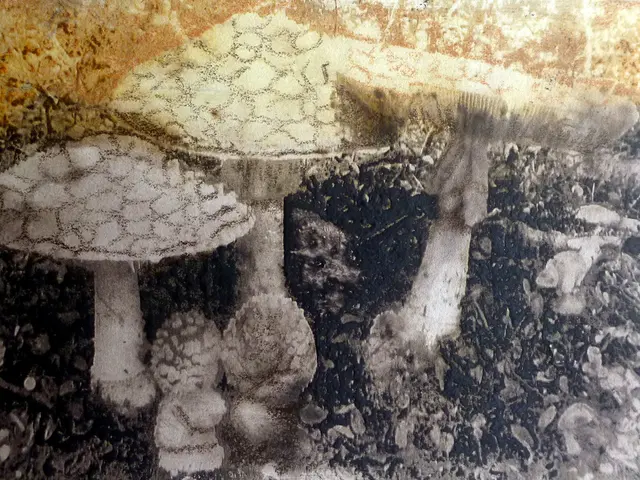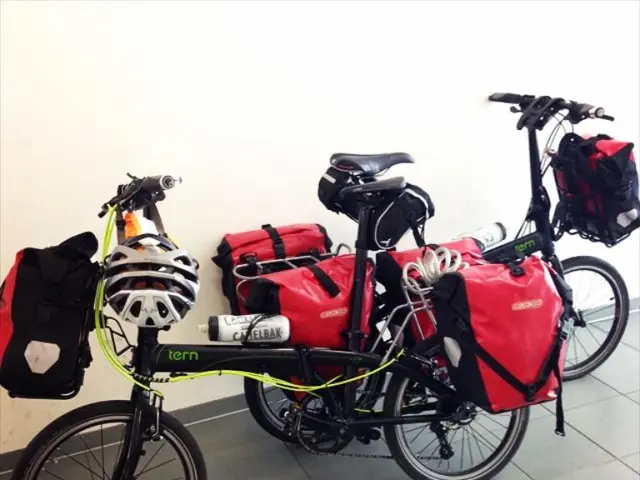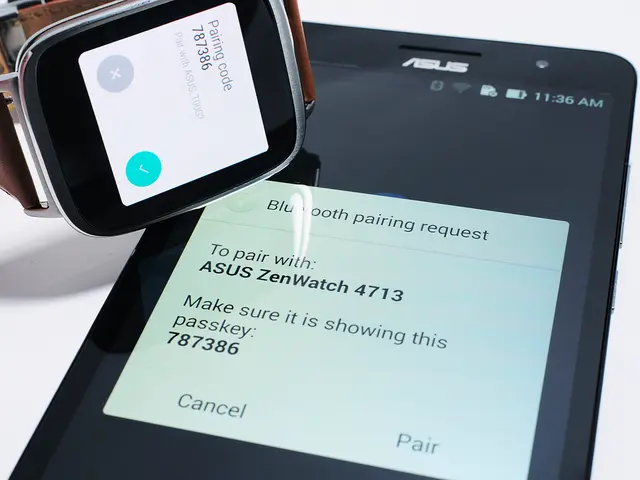Instruction Manual for Commencing Home-grown Vegetable Seed Cultivation
Starting a seed garden can be an exciting venture for both novice and experienced gardeners. However, it's essential to be aware of common mistakes that can hinder the growth of healthy seedlings.
One of the most common errors is inconsistent watering. Newly planted seeds need to remain consistently moist for quick germination, especially in hot or dry conditions. Watering twice daily—morning and evening—is recommended until seedlings establish roots.
Another mistake is planting seeds too deep or disturbing roots. Some seeds and seedlings do not respond well to transplant shock. For best results, seeds should be planted at a depth appropriate for their size.
Using old or improperly stored seeds can also impact germination rates. Seed viability decreases with age, so it's crucial to store seeds in cool, dark, and dry conditions. For example, pepper seeds are best used within 2-5 years for optimal results.
Ignoring temperature requirements is another pitfall. Seeds like peppers require warm and moist conditions (around 80-90°F) to germinate. Using a heat mat can improve success for warm-weather crops.
Newly germinated seeds and seedlings can suffer from heat or wind stress. Providing some shade, such as shade cloth during hot parts of the day, helps keep soil moist and protects seedlings.
When it comes to seed types, some are best for indoor starting, while others thrive outdoors. Peppers, for instance, are best started indoors due to their requirement for warmth. Tomatoes, on the other hand, can be direct sown in warm areas or started indoors to extend the growing season.
Root crops, such as carrots and radishes, are usually direct sow outdoors, while leafy greens like lettuce and spinach can be started indoors or direct sown, depending on the climate. Beans and peas are typically direct sown outdoors.
Crops that do not like root disturbance or have long growing seasons should be sown directly outdoors to avoid transplant shock. Warm-season vegetables that require consistent warmth benefit from being started indoors, especially in cooler climates.
To maximise success, start seeds indoors early if the variety has a long maturity period or needs warmth. Direct sow hardy and root-sensitive seeds into prepared soil. Maintain proper moisture, temperature, and light conditions for germination and seedling growth.
Overhead light after sprouting is optimal for healthy growth, as sideways light can result in stout and short saplings. Tomatoes, cilantro (coriander), and chilies are easy-to-grow vegetables and herbs for beginners.
Gardening involves natural and man-made obstacles and challenges. Giving up is one of the most common mistakes made in gardening; it's essential to persevere and keep practicing. Failure in gardening does not make one a bad gardener, but rather a learner. It is common to make mistakes in gardening, but it's important to learn from them and keep trying.
In conclusion, by avoiding common mistakes such as inconsistent watering, planting seeds too deep, using old seeds, ignoring temperature requirements, and not providing shade or protection, gardeners can increase their chances of success and enjoy a bountiful harvest.
- To avoid hindering the growth of healthy seedlings, remember that newly planted seeds need consistent moisture, especially in hot or dry conditions, requiring watering twice daily—morning and evening—until seedlings establish roots.
- Another common error is planting seeds too deep or disturbing roots; seeds should be planted at a depth appropriate for their size to prevent transplant shock.
- Using old or improperly stored seeds can impact germination rates, so it's crucial to store seeds in cool, dark, and dry conditions to maintain seed viability.
- Ignoring temperature requirements can be detrimental. Some seeds, like peppers, require warm and moist conditions (around 80-90°F) to germinate, so using a heat mat can improve success for warm-weather crops.
- Provide shade and protection for newly germinated seeds and seedlings to shield them from heat or wind stress during hot parts of the day, helping keep soil moist and protecting the seedlings.
- Some seeds are best for indoor starting, like peppers, while others, such as tomatoes, can be direct sown in warm areas or started indoors to extend the growing season.
- Root crops, like carrots and radishes, are usually direct-sown outdoors, while leafy greens like lettuce and spinach can be started indoors or direct sown, depending on the climate.
- To persevere in gardening and enjoy a bountiful harvest, focus on learning from common mistakes, such as inconsistent watering, planting seeds too deep, using old seeds, ignoring temperature requirements, and not providing shade or protection.





